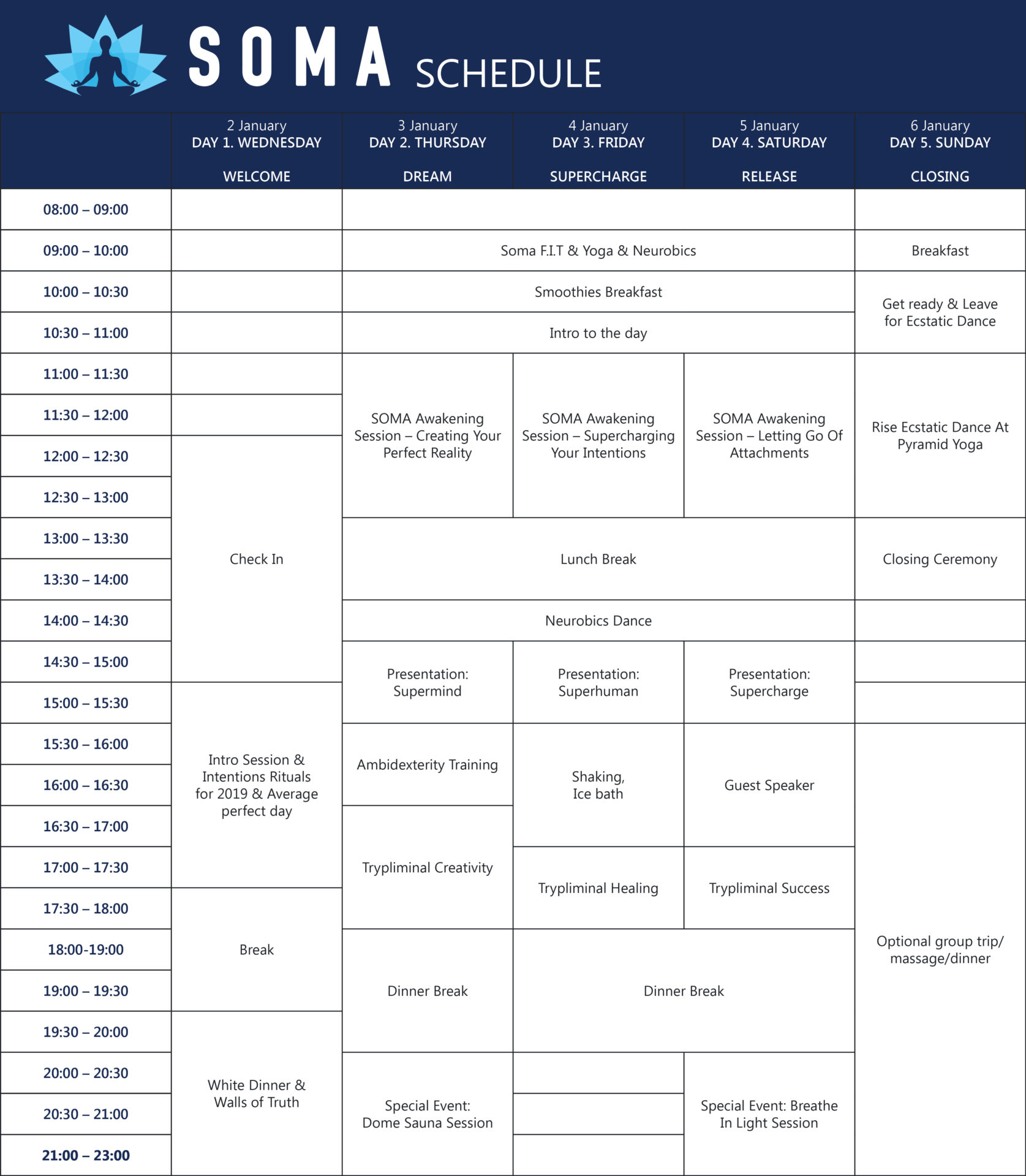When you breathe in, you inhale oxygen (O₂) (and other molecules and gases), when you breathe out, you exhale carbon dioxide (CO₂) (and other molecules and gases). That’s respiration.
When you breathe in, your heart rate goes up a bit. When you breathe out, your heart rate goes down a bit (Lehrer, 2007). This is the basic principle of respiration, but it is also important for metabolism.
When you breathe in O₂, it binds to red blood cells from your lungs. Those blood cells transport the O₂ to tissue and organ cells thanks to the pumping action of your heart. The oxygen is needed by the mitochondria in the cells of your body as a means of energy, like a fire (“Cellular Respiration”, n. d.)
Imagine you have a fire burning inside of you that produces all the energy you need to live.
Too little oxygen, and a fire cannot burn at all. Just like in our bodies: too little oxygen and we can’t survive. Too much oxygen, and the fire will burn too much, potentially cause some damage. If our body has too much oxygen, it causes something called oxidative stress. Oxidative stress happens when there is an imbalance between free radicals and antioxidants in our body. It can lead to cell and tissue damage.
So it is clear that we need the right balance of oxygen; not too much and not too little.
O₂ + Glucose ⇨ ATP (energy) + CO₂+ H₂O
The oxygen you inhale is carried around your body by red blood cells and it combines with glucose in the mitochondria of your cells, which produces adenosine triphosphate (ATP) energy, carbon dioxide (CO₂), and water (H₂O). When you exhale, you breathe out the carbon dioxide and water. The ATP provides energy to your body, so it can function normally.
Oxygen Transportation and The Bohr Effect
When tissue cells have high enough levels of CO₂, the O₂ that is bound to haemoglobin in red blood cells detach and then bind to tissue cells (Benesch & Benesch, 1961; Patel & Cooper, 2018). You can think of it like a currency exchange.
If you breathe out too much CO₂ at a fast rate, the O₂ stays bound to red blood cells and doesn’t transfer to the tissue cells, because there is not enough CO₂ for the exchange to take place. This is how over-breathing causes problems.
We need to have a good CO₂ tolerance, so that we don’t need to breathe as much. When we don’t breathe as much, CO₂ levels are higher and that allows the O₂ to detach from red blood cells and bind with tissue cells (“Transport of oxygen in the blood”, n. d.).
CO₂ is a vasodilator (Yang et al., 2017), which means it widens (or dilates) the arteries and veins. Nitric oxide also plays a role in this process (Costa & Biaggioni, 1998). Vasodilation reduces blood pressure.
O₂ is a vasoconstrictor, which means it narrows (or constricts) arteries and veins, and increases blood pressure. (Cornet et al., 2013).
This is why goal of Pranayama and SOMA Breath is to slow breathing down: when you develop a good CO₂ tolerance, it literally keeps you expanded thanks to better dilation of arteries and veins, which keeps O₂ coming in for healthy respiration and metabolism.
On average people breathe 10+ breaths per minute. The main goal of SOMA Breath is to improve your breathing so that your resting rate is 4-6 breaths per minute. This can help protect against disease, balance your emotions and help you spend more time in flow state.
SOMA Breath’s 21-Day Journey is an excellent way to improve your breathing habits and learn more about how breathwork works!

